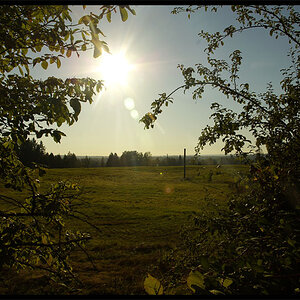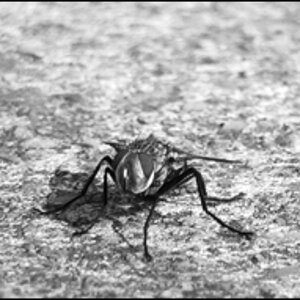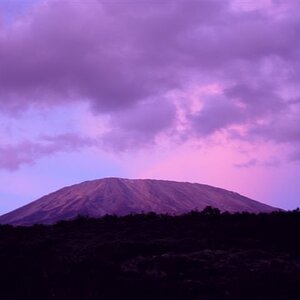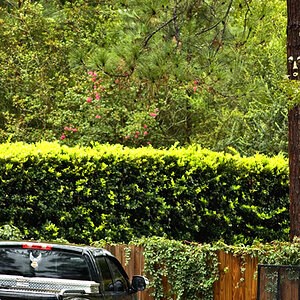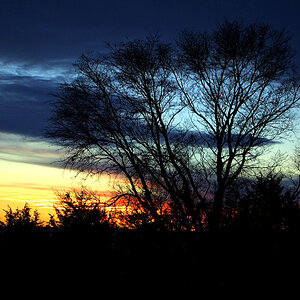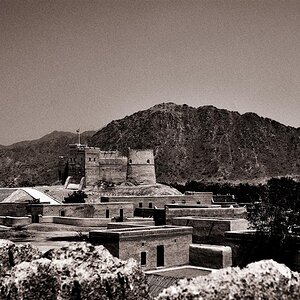- Joined
- Jun 17, 2005
- Messages
- 349
- Reaction score
- 5
- Location
- Irvine, Orange County, CA
- Can others edit my Photos
- Photos OK to edit
Well since getting real BW film developed can get pricey I was wondering of the 'fake' stuff that uses C41 processing is any good. The only big concern I have is it seems you can only get it in ISO400. If I want to shoot 100 am I stuck paying out the rear? I could buy the tanks and chemicals and develop it myself but since I lack an enlarger I would still have to get it printed somewhere (which is just as pricey).
On the tangent topic.. Anyone know/recommend a good BW enlarger for a starter? I have dome BW processing in the past (been a bit of time) and in my building we have a darkroom at my disposal (just used for the x-ray developer). Problem is as a poor grad student can't afford anything too expensive. But.. if anyone in southern CA has an old enlarger they want to unload.. =p
On the tangent topic.. Anyone know/recommend a good BW enlarger for a starter? I have dome BW processing in the past (been a bit of time) and in my building we have a darkroom at my disposal (just used for the x-ray developer). Problem is as a poor grad student can't afford anything too expensive. But.. if anyone in southern CA has an old enlarger they want to unload.. =p


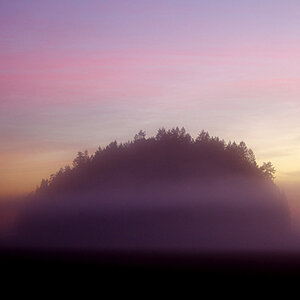
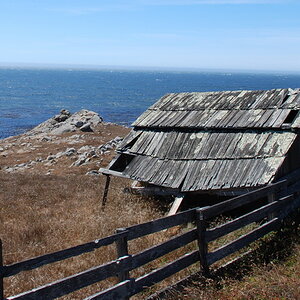
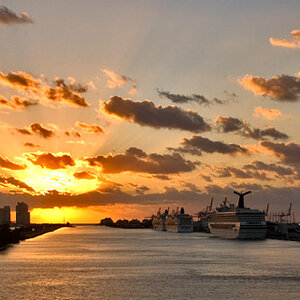
![[No title]](/data/xfmg/thumbnail/33/33339-c5b461af62b32f6b6529f1b334d818ba.jpg?1619735909)
![[No title]](/data/xfmg/thumbnail/33/33340-27d18dd642b5257e4b9a04a4c1feffd1.jpg?1619735910)
